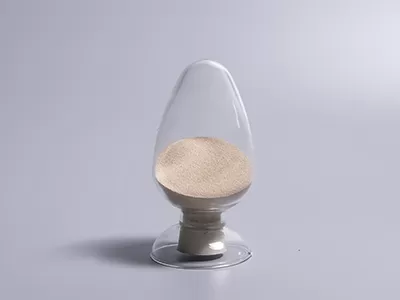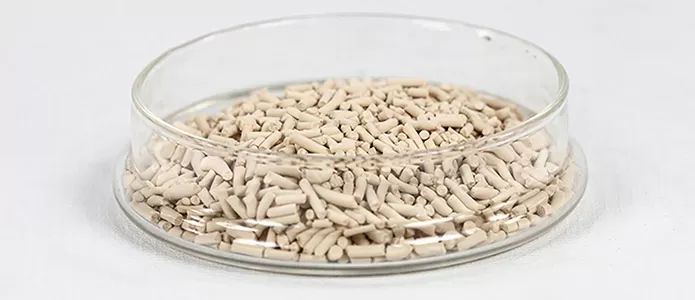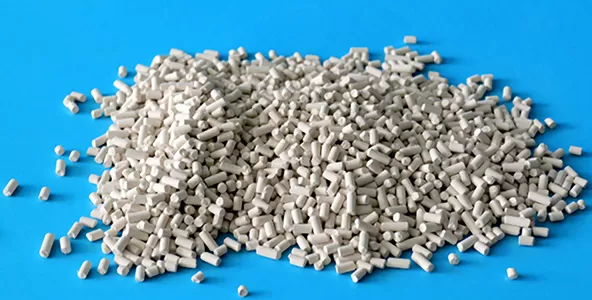Molecular sieves are crystalline metal aluminum silicates with tetrahedral silicium dioxide and alumina structures that form a three-dimensional interconnected network. By heating, uniform cavities are produced, selectively adsorbing molecules of specific sizes, thereby removing natural hydrated water from this network.

Sieves with 4 to 8 mesh sizes are typically used in gas-phase applications, while sieves with 8 to 12 mesh sizes are commonly used in liquid-phase applications. The powder forms of 3A, 4A, 5A and 13X sieves are suitable for specific applications.
Molecular sieves have long been renowned for their drying capacity (even up to 90°C), and their practicality has recently been demonstrated in synthetic organic processes. They can typically separate the desired products from condensation reactions that are usually controlled by unfavorable equilibria. These synthetic zeolites have been proven to remove water, alcohols (including methanol and ethanol), and HCl from systems such as ketimines and amine condensations, ester condensations, and the conversion of unsaturated aldehydes to polyaldehydes.

Molecular sieves are materials that contain precise and uniform tiny pores and can be used for adsorbing gases or liquids. Usually, molecular sieves are composed of aluminum silicate minerals, and there are also synthetic mixtures or compounds. These compounds have an open structure that allows small molecules to diffuse, such as: clay, porous glass, microporous charcoal, activated carbon, etc.

Molecular sieves can adsorb molecules smaller than their pore diameters into the internal channels of the pores, while repelling larger molecules outside the pores. This enables them to perform the function of screening molecules. Of course, molecular sieves not only have the function of screening but also have a certain role in enhancing the reaction ability, that is, they act as a "medium" in chemical reactions, promoting the progress of chemical reactions.


.jpg)
.jpg)
.jpg)
.jpg)
.jpg)
.jpg)